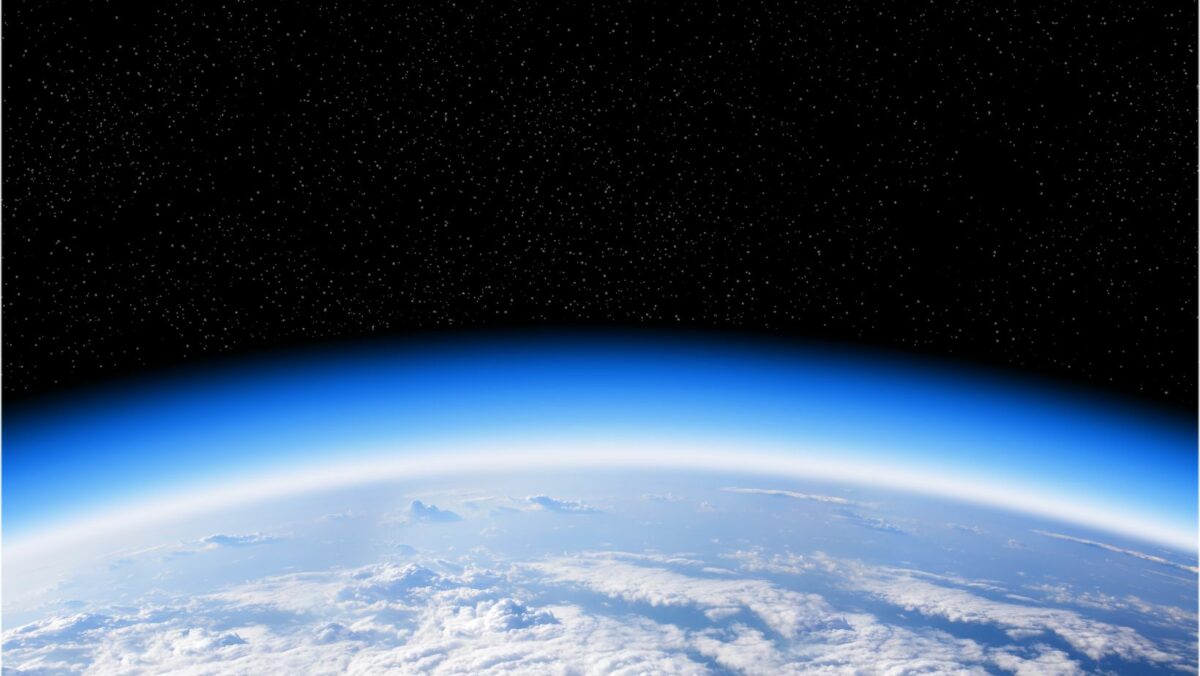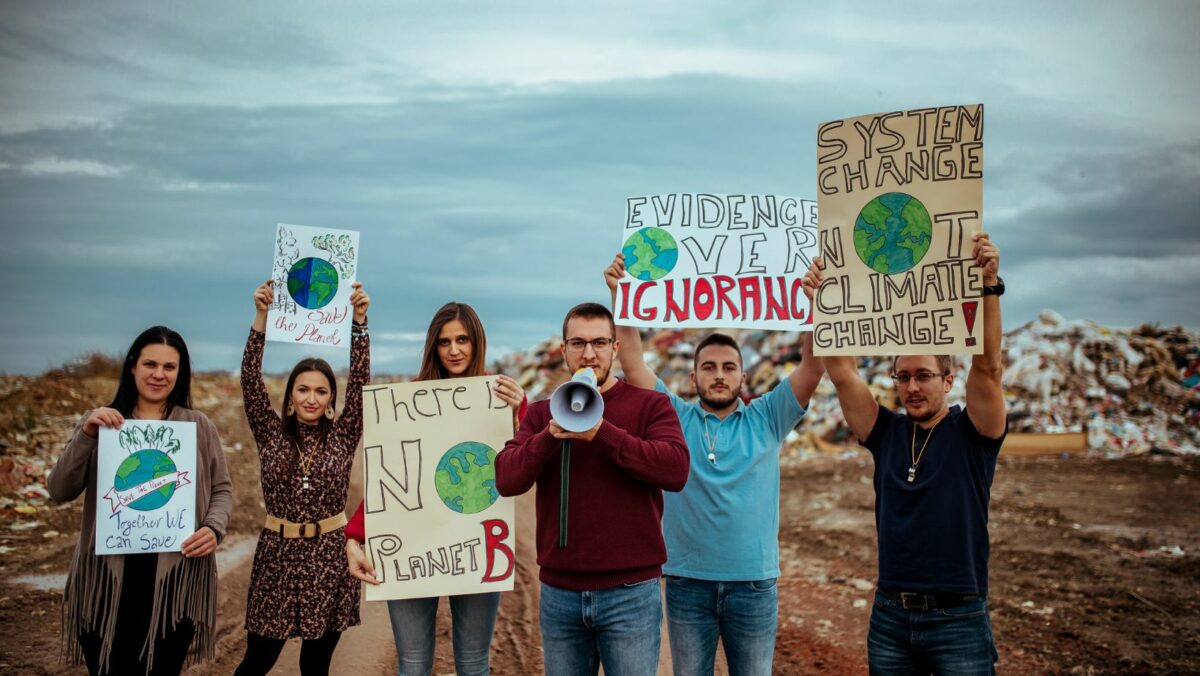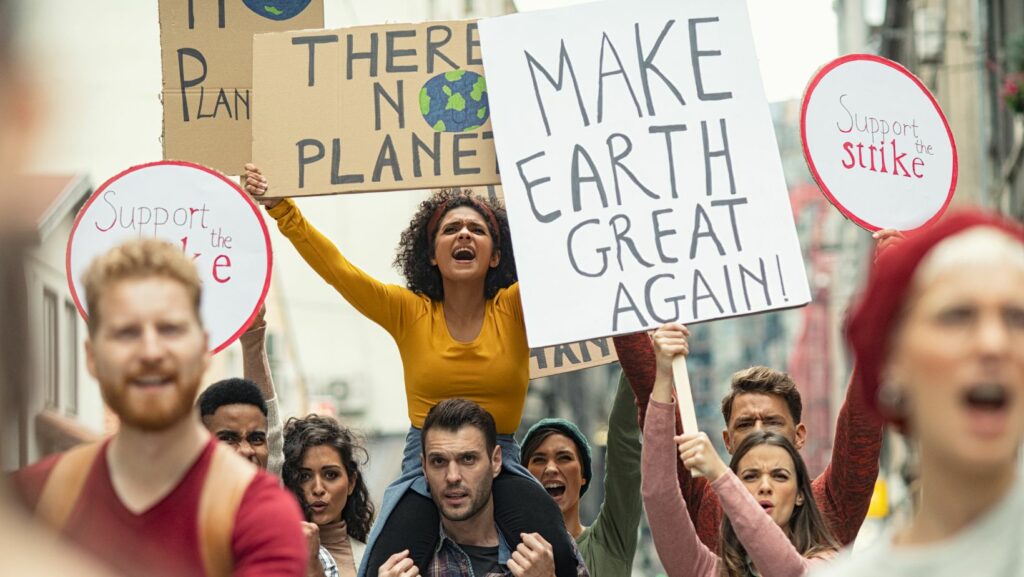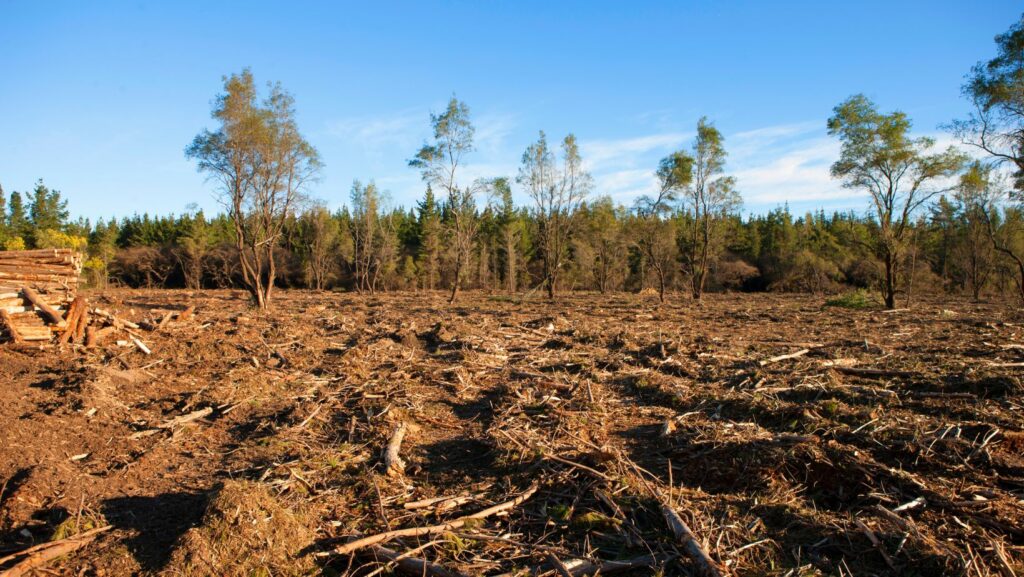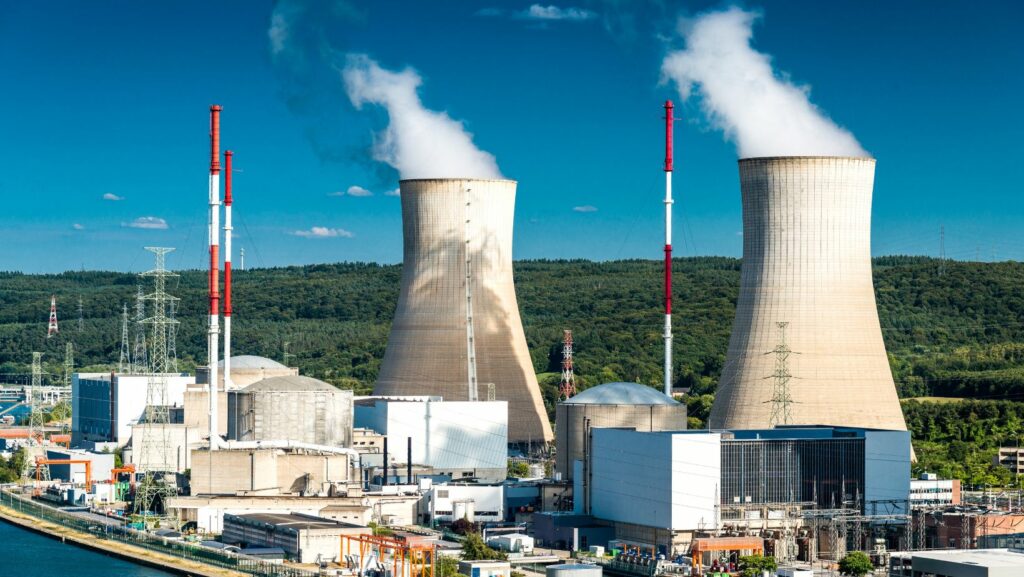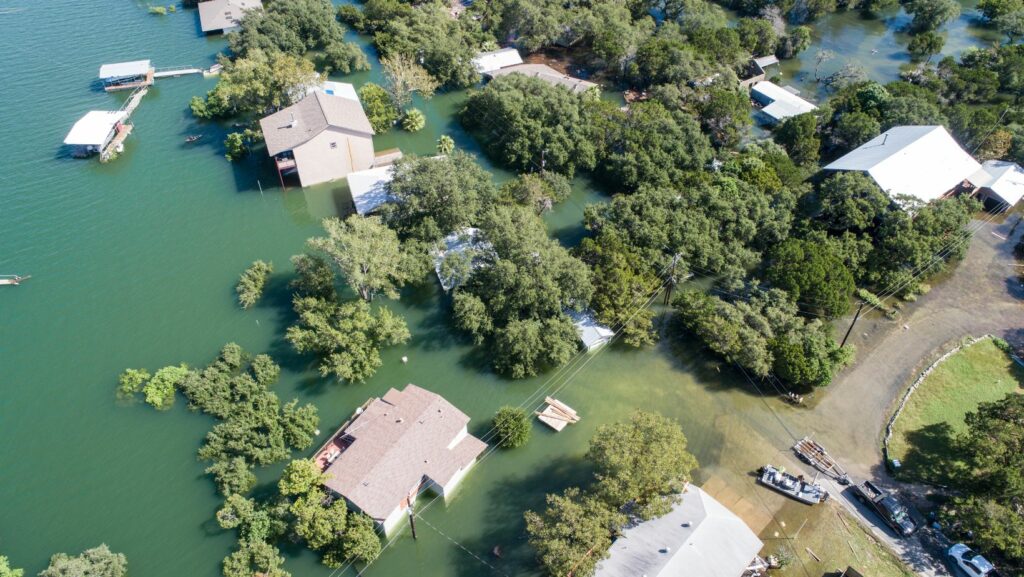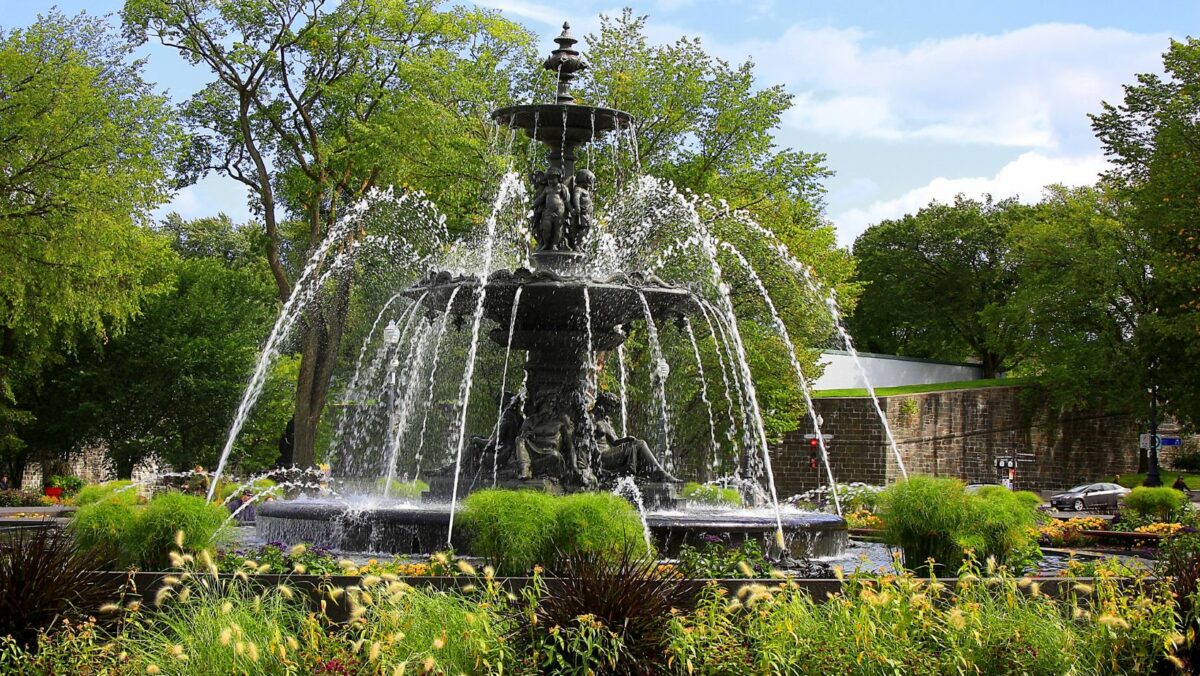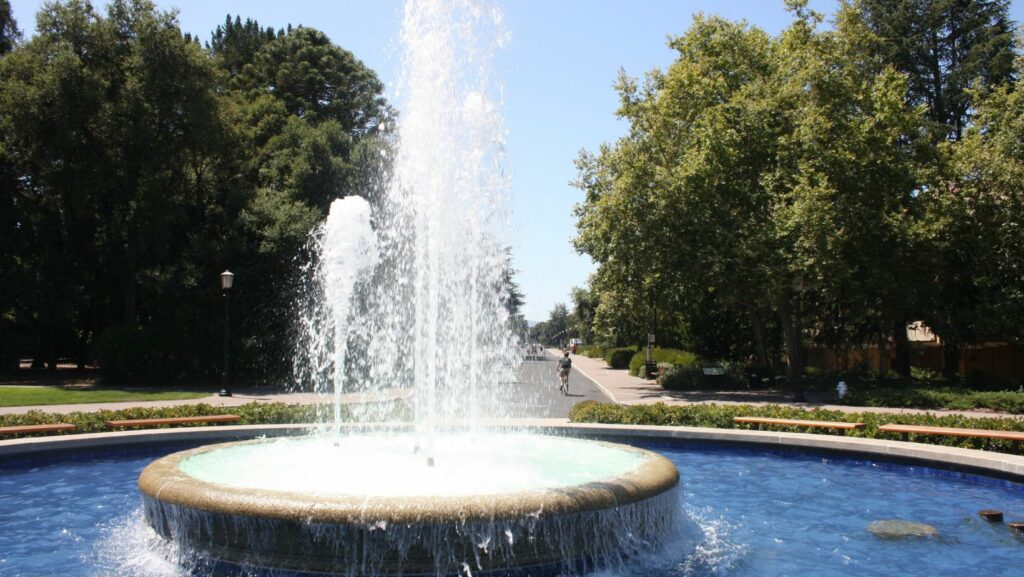The Montreal Protocol
The Montreal Protocol on Substances that Deplete the Ozone Layer is an international treaty designed to protect the stratospheric ozone layer. The treaty was signed in 1987 and has been ratified by 196 countries. The Protocol calls for a phased reduction in the production and consumption of a number of substances that are known to deplete the ozone layer.
One of the challenges in addressing ozone depletion is that some of the chemicals used in industrial and consumer products are not covered by the Montreal Protocol. For example, chlorofluorocarbons (CFCs) and hydrochlorofluorocarbons (HCFCs) are being phased out under the Protocol, but hydrofluorocarbons (HFCs), which do not contain chlorine or bromine, are not currently regulated. HFCs are often used as substitutes for CFCs and HCFCs in a variety of applications, including refrigeration, air conditioning, foams, solvents, and aerosergoods.
Another challenge is that some of the chemicals that are regulated under the Montreal Protocol have very long atmospheric lifetimes. For example, CFC-11 has an atmospheric lifetime of about 45 years, which means that even though production of CFC-11 was halted in 2010, it will still be present in the atmosphere for many years to come. Similarly, HCFC-22 has an atmospheric lifetime of about 30 years. As a result of their long lifetimes, these chemicals will continue to contribute to ozone depletion even after they are no longer being produced or used.
The Vienna Convention
The Vienna Convention for the Protection of the Ozone Layer is a multilateral treaty designed to protect the ozone layer. It was opened for signature in 1985 and came into force in 1988. As of June 2018, there are 196 parties to the convention (195 states and the European Union).
The treaty establishes the framework for international cooperation to protect the ozone layer. Specifically, it provides a mechanism for regular assessment of scientific knowledge, sets out actions to be taken to control emissions of substances that deplete the ozone layer, provides for technology transfer to enable Parties to implement these actions and calls for international cooperation on research and surveillance of the ozone layer.
The Montreal Protocol on Substances that Deplete the Ozone Layer is an amendment to the Vienna Convention and was agreed in 1987. The Protocol has been described as “perhaps the single most successful international agreement to date… [having] achieved a significant reduction in atmospheric concentrations of chlorofluorocarbons (CFCs), halons, carbon tetrachloride (CTC) and methyl chloroform (CH3CCl3)”
Despite its successes, there are still challenges in addressing ozone depletion. One challenge is that many of the substitutes for CFCs, such as hydrochlorofluorocarbons (HCFCs) and hydrofluorocarbons (HFCs), are also potent greenhouse gases. As a result, their use can result in an overall increase in radiative forcing and contribute to climate change.
Another challenge is that it can take many years for substances that deplete the ozone layer to be removed from the atmosphere. This means that even if emissions are controlled today, there may still be significant damage to the ozone layer in coming decades. Additionally, stratospheric ozone depletion can have other impacts on climate including changes in precipitation patterns and alterations to jet stream location and strength.
The Montreal Protocol and the Vienna Convention Together
The Montreal Protocol on Substances that Deplete the Ozone Layer and the Vienna Convention for the Protection of the Ozone Layer are two international treaties designed to protect the Earth’s stratospheric ozone layer.
The Montreal Protocol was adopted in 1987 and has been ratified by 196 Parties. It includes commitments to phase out production and consumption of a number of ozonedepleting substances, such as chlorofluorocarbons (CFCs), halons, hydrochlorofluorocarbons (HCFCs), and methyl bromide.
The Vienna Convention was adopted in 1985 and has been ratified by 196 Parties. It provides a framework for international cooperation to protect the ozone layer and promote measures to address climate change.
The two treaties are implemented through a series of Meetings of the Parties (MOP), which are held every year. The Montreal Protocol is administered by the United Nations Environment Programme (UNEP) OzonAction Programme, while the Vienna Convention is administered by UNEP’s Division of Technology, Industry and Economics (DTIE).
The Ozone Layer Depletion
The ozone layer is a integral part of our atmosphere, protecting us from the harmful ultraviolet rays of the sun. However, the ozone layer is slowly being depleted due to human activity, such as the production of chlorofluorocarbons (CFCs). This depletion to the ozone layer can cause changes to the biogeochemical cycles, which can lead to a variety of environmental problems.
Depletion to The Ozone Layer can Cause Changes to The Biogeochemical Cycles
The ozone layer is a region of Earth’s stratosphere that absorbs most of the Sun’s ultraviolet radiation. It is principally composed of ozone (O3), although molecular oxygen (O2) also exists in this region in small amounts. The ozone layer extends from approximately 10 to 50 kilometers (6 to 31 miles) above Earth’s surface, although its thickness varies seasonally and geographically.
Ozone layer depletion refers to a decrease in the total amount of ozone in the stratosphere. This can be caused by natural processes, such as volcanic eruptions, or by human activities, such as the release of chlorofluorocarbons (CFCs) and other pollutants into the atmosphere.
depletion has led to increases in UV radiation levels at Earth’s surface, which can cause a variety of health problems, including skin cancer, cataracts, and immunosuppression. It can also damage plant life and ecosystems.
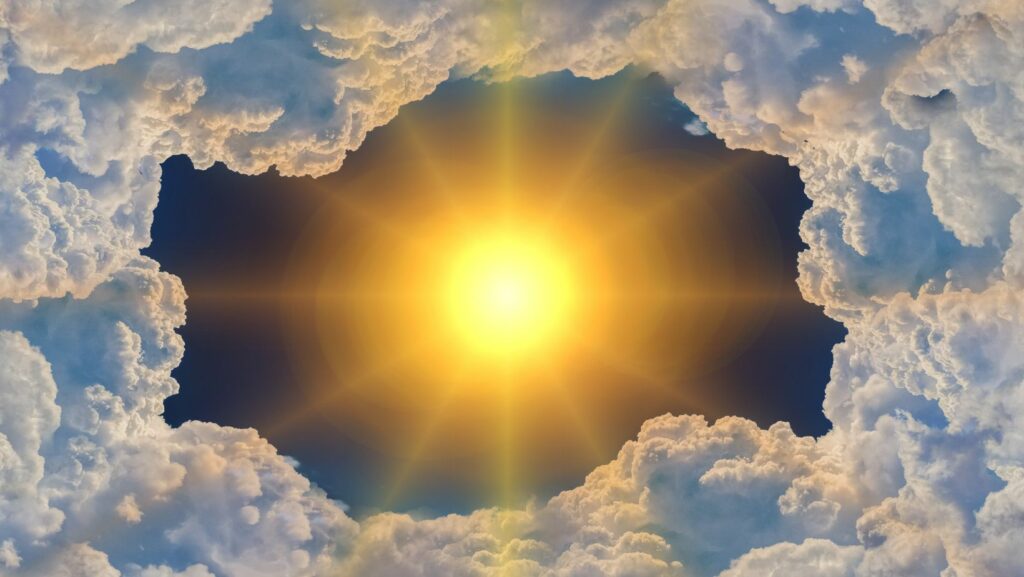
There are a number of ways to address ozone layer depletion, including reducing emissions of CFCs and other pollutants, developing alternative chemicals for use in industry, and planting trees to help offset emissions. International agreements such as the Montreal Protocol have helped to phase out the use of many CFCs and other harmful chemicals.
The Effects of Ozone Layer Depletion
The ozone layer is a thin, fragile shield of atmospheric gases that protects the Earth from the harmful ultraviolet (UV) rays of the sun. The depletion of this layer is a major environmental problem that has far-reaching consequences.
UV rays are known to cause skin cancer, cataracts and other health problems. They also damage plant life and disrupt ecosystems. The ozone layer helps to filter out these harmful UV rays, making it an essential part of our planet’s defense system.
The depletion of the ozone layer is caused by human activities, specifically the production and use of chlorofluorocarbons (CFCs). These chemicals are used in a variety of products, such as aerosol cans, Styrofoam and refrigerators. When they are released into the atmosphere, they rise into the stratosphere and begin to break down the ozone molecules.
The effects of ozone layer depletion are already being felt around the world. The most notable effect is an increase in UV radiation reaching the Earth’s surface. This has led to a rise in skin cancer rates and other health problems. The depletion of the ozone layer also has harmful effects on plant life and ecosystems.
The challenge in addressing this problem is twofold. First, there needs to be a reduction in the use of CFCs and other harmful chemicals. Second, measures need to be taken to repair the damage that has already been done to the ozone layer.
The Challenges in Addressing Ozone Layer Depletion
Ozone layer depletion refers to the thinning of the Earth’s ozone layer in the upper atmosphere. The main challenge in addressing this issue is the lack of a universally accepted solution. Different nations have taken different approaches to tackling this problem, with some having more success than others. Another challenge is the long timeframes associated with this issue. The effects of ozone depletion are not immediately apparent, which makes it difficult to gain public support for action.
The Costs of Addressing Ozone Layer Depletion
Ozone layer depletion refers to the reduction in the amount of ozone present in the stratosphere, which is caused when chlorofluorocarbons (CFCs) and other chemicals are released into the atmosphere. The costs of addressing this issue can be divided into three main categories:
1. The cost of reducing emissions of CFCs and other chemicals that contribute to ozone depletion. This includes the cost of developing and implementing regulations to phase out the production and use of these substances, as well as the cost of developing and deploying alternative technologies that do not rely on them.
2. The cost of repairing the damage that has already been done to the ozone layer. This includes the cost of research and development to identify effective methods for repairing the ozone layer, as well as the cost of implementing these methods on a global scale.
3. The cost of adapting to the effects of ozone depletion. This includes the cost of research and development to identify effective methods for protecting people and ecosystems from ultraviolet radiation, as well as the cost of implementing these methods on a global scale.
In addition to these direct costs, there are also indirect costs associated with ozone depletion, such as the economic costs resulting from crop damage due to ultraviolet radiation exposure, or the health care costs associated with increased skin cancer rates.
The Technical Challenges in Addressing Ozone Layer Depletion
Scientists have determined that the primary cause of ozone depletion is the release of chlorofluorocarbons (CFCs) and other human-made chemicals into the atmosphere. CFCs are incredibly stable molecules that do not break down in the lower atmosphere, but when they rise into the stratosphere, they are hit by ultraviolet (UV) radiation from the sun, which breaks them apart. This process not only frees chlorine atoms, which are very good at destroying ozone, but also bromine atoms, which are almost as effective.
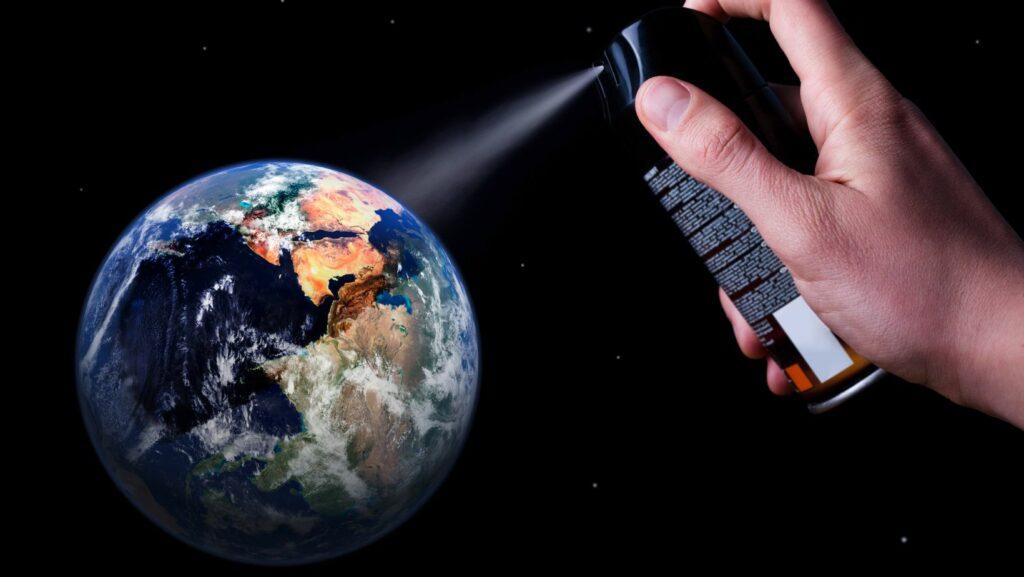
The Montreal Protocol and its amendments have greatly reduced the production of CFCs and other ozone-depleting chemicals, and as a result, the depletion of the ozone layer has slowed down and may even have stopped in some areas. However, because CFCs can stay in the atmosphere for many years—up to 100 years or more—the effects of past production will continue to be felt for some time to come. In addition, there are other challenges that need to be addressed in order to fully repair the ozone hole.
One major challenge is that some of the replacement chemicals that were introduced after the Montreal Protocol—such as hydrofluorocarbons (HFCs)—are also powerful greenhouse gases. HFCs do not contribute to ozone depletion, but their use is increasing because they are much cheaper than alternatives that don’t damage the climate. As a result, HFC emissions are growing rapidly, offsetting some of the climate benefits of phasing out CFCs.
Another challenge is that some countries have not fully complied with the Montreal Protocol. For example, China and India have been producing large amounts of illegal CFCs in recent years. These countries have now agreed to phase out production of these illegal chemicals, but it will take time for their emissions to decrease.
Finally, it is possible that climate change could affect stratospheric ozone levels in unexpected ways. For example, warmer temperatures could lead to more water vapor in the stratosphere, which could amplify ozone depletion or even create new “ozone holes” in different parts of the world. Scientists are still working to understand how climate change will affect stratospheric ozone levels in the future.
The Political Challenges in Addressing Ozone Layer Depletion
The United Nations Framework Convention on Climate Change (UNFCCC) is an international environmental treaty negotiated at the Earth Summit in 1992. The treaty’s objective is to “stabilize atmospheric concentrations of greenhouse gases in order to avoid dangerous anthropogenic interference with the Earth’s climate system.”
The Montreal Protocol on Substances that Deplete the Ozone Layer is a Protocol to the UNFCCC, and its full title is “The Vienna Convention for the Protection of the Ozone Layer.” The Montreal Protocol was negotiated in 1987 and entered into force in 1989. Its objective is to reduce and eventually phase out production and consumption of ozone-depleting substances (ODS).
As of June 2018, 197 Parties have ratified the UNFCCC, and all Parties have also ratified the Montreal Protocol.
Despite this widespread support, there are still some challenges in addressing ozone layer depletion.
One challenge is that some developing countries, who are not required to take action under the Montreal Protocol until 2020, argue that developed countries have not yet done enough to reduce their own emissions of ODS. They argue that developed countries should take more aggressive action to reduce their emissions before expecting developing countries to take any action.
Another challenge is that some ODS are also potent greenhouse gases (GHGs). For example, HCFCs (hydrochlorofluorocarbons) are being phased out under the Montreal Protocol because they deplete the ozone layer, but they are also GHGs. As a result, there is a risk that reducing HCFC emissions could be offset by increased emissions of other GHGs.
A third challenge is that some substitutes for ODS, such as HFCs (hydrofluorocarbons), are also potent GHGs. HFCs are used as substitutes for CFCs (chlorofluorocarbons) in refrigerators and air conditioners. While HFCs do not deplete the ozone layer, they are thousands of times more potent than CO2 as a GHG. As a result, there is a risk that using HFCs as substitutes for CFCs could actually increase overall GHG emissions.
